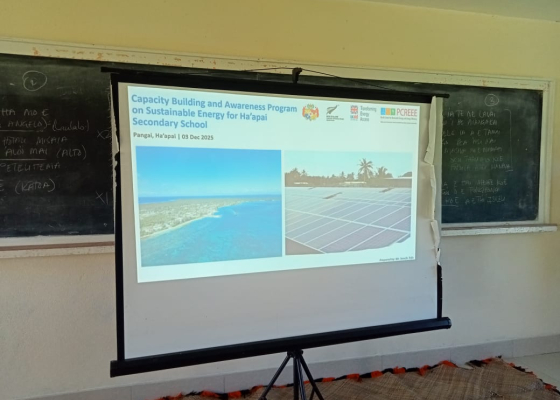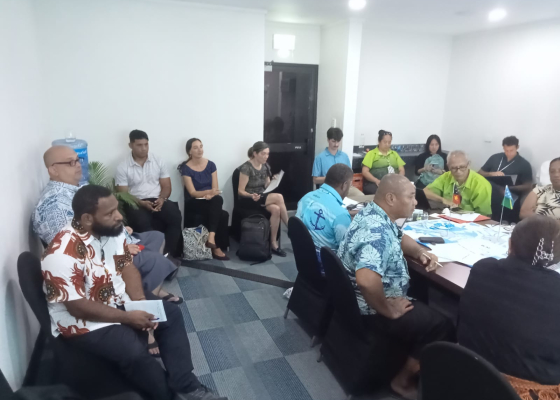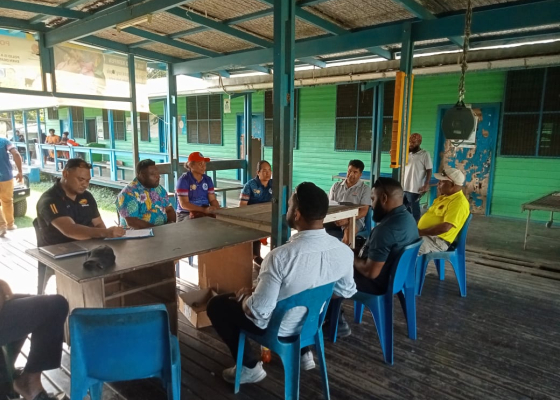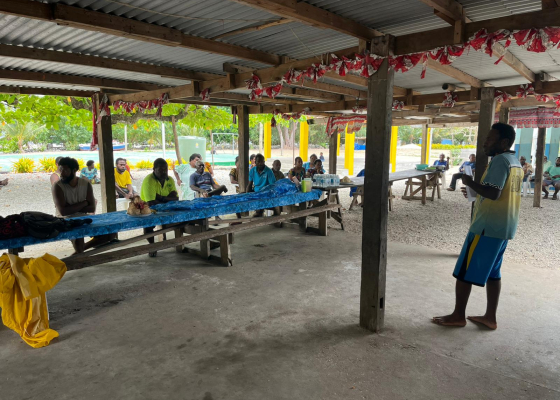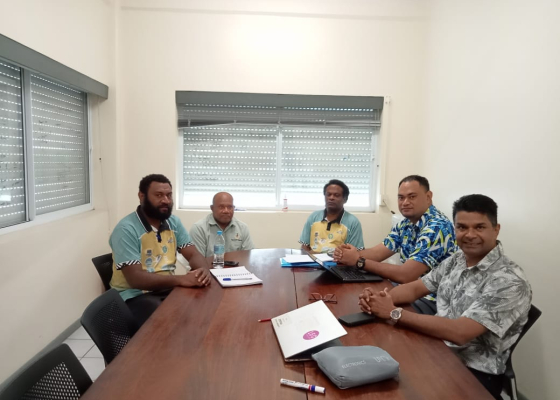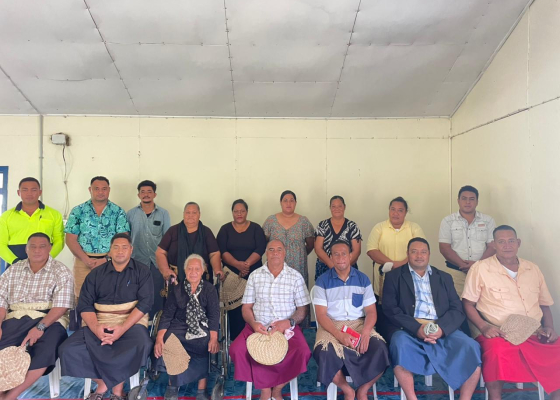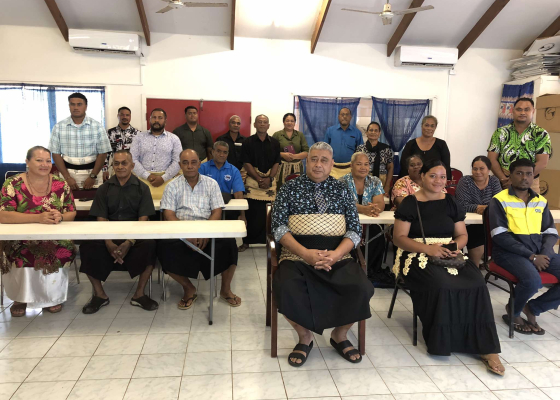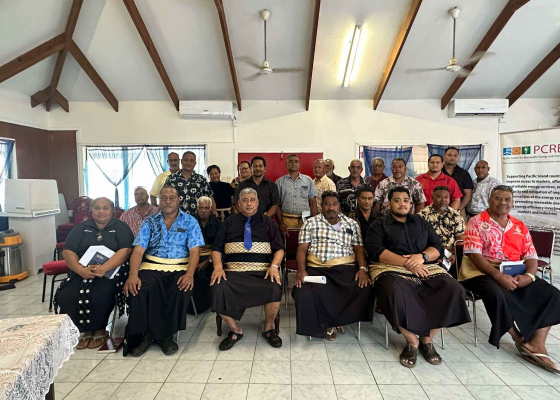Vanuatu Energy Demand Projections:Business As Usual Scenario
Executive summary: The Council of Ministers of Vanuatu endorsed the Vanuatu National Energy Roadmap (NERM) in 2013 as the overarching policy framework for developing Vanuatu’s energy sector. The Government of Vanuatu (GoV) undertook the first revision of the NERM between October 2015 and May 2016 to update the roadmap’s goals and targets.
Recognizing the importance of energy efficiency initiatives, and their centrality to meeting the GoV’s vision for the energy sector, energy efficiency was a key element in the revision of the NERM, alongside the need to increase implementation of renewable energy technologies.
Within this framework, the Vanuatu Energy Demand Projections: Business as Usual (BAU) Scenario report was prepared to give an analysis of energy efficiency in the key sectors of Vanuatu. The BAU report estimates energy consumption for key sectors in Vanuatu between 2015 and 2030 under a BAU scenario in order to establish a
baseline and enable identification of the impacts of activities recommended in the NERM.
The objectives of this report are to:
- Collect up-to-date data on energy consumption by end use;
- Identify energy usage data gaps;
- Analyze baseline data;
- Review the status of ongoing, planned and/or financed energy projects;
- Based on relevant assumptions, develop models and estimate energy demand projections between 2015 and 2030 for the three main forms of energy (petroleum, biomass, and electricity); and
- Analyze the potential impacts of non-achievement of the NERM 2013–2020 targets on projected energy consumption.
The BAU for each energy form (petroleum, biomass, and electricity) was established taking into consideration the expected behavior and demand from the main end-user groups—the residential sector, public sector and private sector (commercial and industrial). This approach is useful to: (1) better understand the contribution from each end-user segment; (2) estimate the potential savings for an intervention targeting only one end-user group, and (3) establish roles and responsibilities for implementation.
Overall, energy consumption in Vanuatu is expected to double in the coming 15 years. Commercially-produced energy, i.e., petroleum and electricity, is projected to represent a combined 56% of the consumption growth; while biomass, most of which are not traded in the economy, makes up the balance (see Figure 1). Although the increase in
commercial energy consumption will drive and be driven by gross domestic product (GDP) growth, the demand for biomass for cooking and drying crops, which is expected to increase by 78% during the same 15-year period, will potentially increase pressure on limited natural resources.
This report was prepared under the guidance and leadership of Mahua Acharya, Assistant Director-General of the Investment and Policy Solutions Division at GGGI. The report was prepared by Dereje Senshaw, Senior Energy Specialist (GGGI) and Philippe Baudez (Individual Consultant), with inputs from Katerina Syngellakis, Country Representative for Fiji and Vanuatu (GGGI), Paul Kaun, Green Growth Specialist (GGGI), Peter Johnston, (Individual Consultant), and Benjamin Sims, Country Portfolio Offcer (GGGI). The fnal draft benefted from valuable editorial and design support by Christine Apikul (Individual Consultant) and Su-Jeung Hong (GGGI)
Upcoming Events
-
01/19/2026 to 01/23/2026
-
03/02/2026 to 03/03/2026







